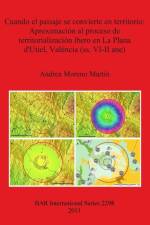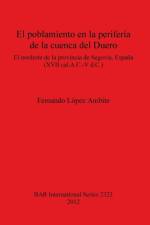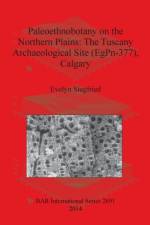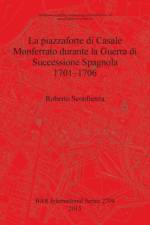- Proceedings of the international conference, Iasi, Romania, November 6-10, 2013
98,00 €
Proceedings of the international conference, Iäi, Romania, November 6-10, 2013Archaeological heritage helps to define the age and origins of a culture, the history and traditions of a nation, a country or a certain ethno-cultural space in relation to other states or cultural spaces. Today, archaeological goods are treated as part of all humanity, which needs to be treated accordingly. The preservation of archaeological sites is strongly linked to the study, safeguarding and evaluation of unearthed archaeological vestiges. At the same time, this field is faced with the need to salvage or restore sites. As cultural heritage, archaeological goods are very attractive for collectors, and become subjects of illicit activities such as illegal excavations and trade. Hence, for preserving archaeological heritage we need an efficient management with a frame of activities focused on preserving, researching, conservation, and restoration of the cultural resources for future generations.European and international Conventions play an important role in the process of archaeological heritage preservation, but one of the most important acts is the revised European Convention on the Protection of Archaeological Heritage. Two decades after the signing of the Valletta Convention (Malta, 1992), it is the time to do a large evaluation of its implementation. All countries have a rich past, but they have different systems for cultural heritage preservation, from regional autonomy to federal control.Under the aegis of the lasi Institute of Archaeology of the Romanian Academy - lasi branch, the project entitled Current Trends in Archaeological Heritage Preservation: National and International Perspectives was launched in 2011 with the financial support of the Romanian National Council of Scientific Research (CNCS), with the intent purpose of analysing the archaeological-heritage preservation policies of Romania and their interplay with the European and international counterparts.Out of the project came the organisation of an international conference which took place in lasi on the 6th- 10th November 2013. The event was organised by the Iasi Institute of Archaeology in partnership with the European Association of Archaeologists, the "Alexandru Ioan Cuza" University of Iasi, the "Moldova" National Museum Complex from Iasi and the National Museum of Romanian History, Bucharest. The conference's goal was to share the experience and to discuss actual situation on the field of archaeological heritage preservation in various countries. This volume gathers most of the papers presented at the conference, and itspublication is meant to disseminate to an audience, as wide as possible, the latest work of those working in the field and to promote the latest trends in the protection and management of the archaeological heritage.






























